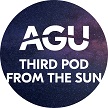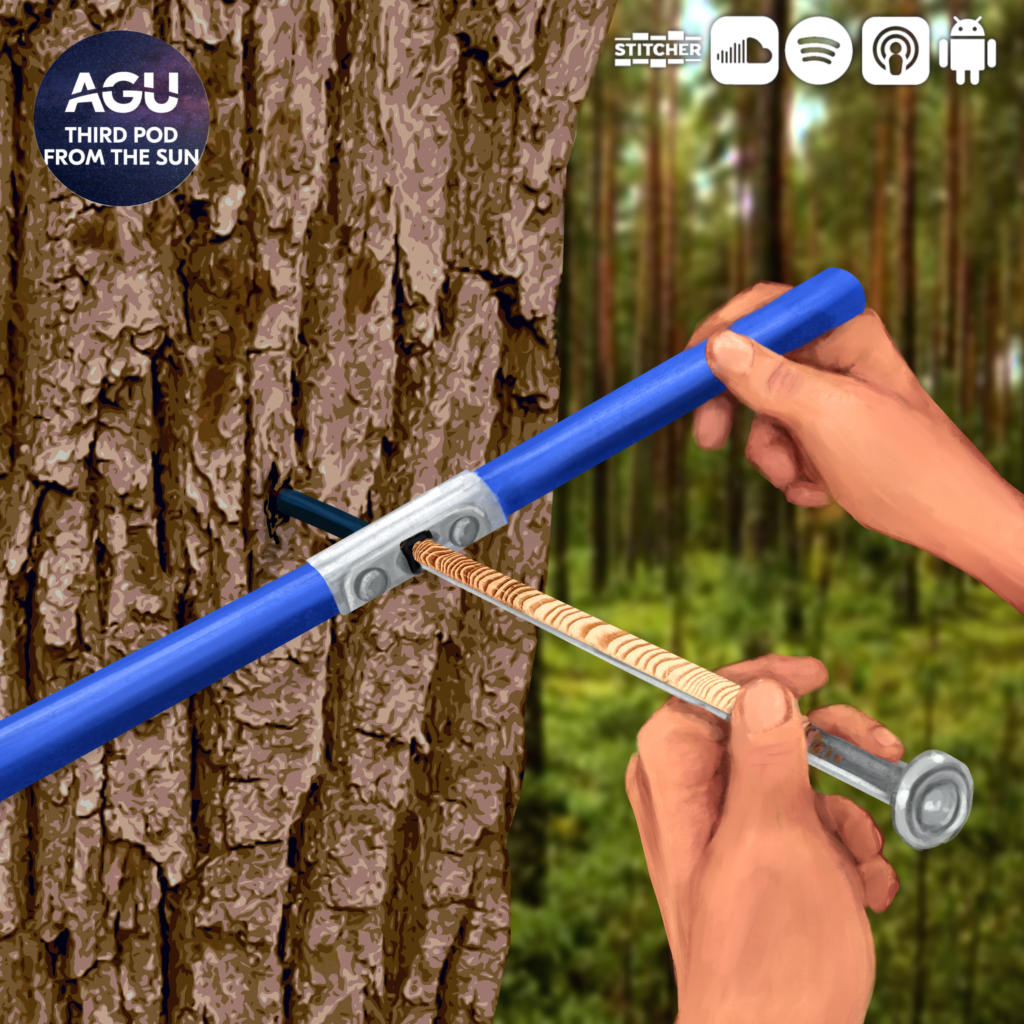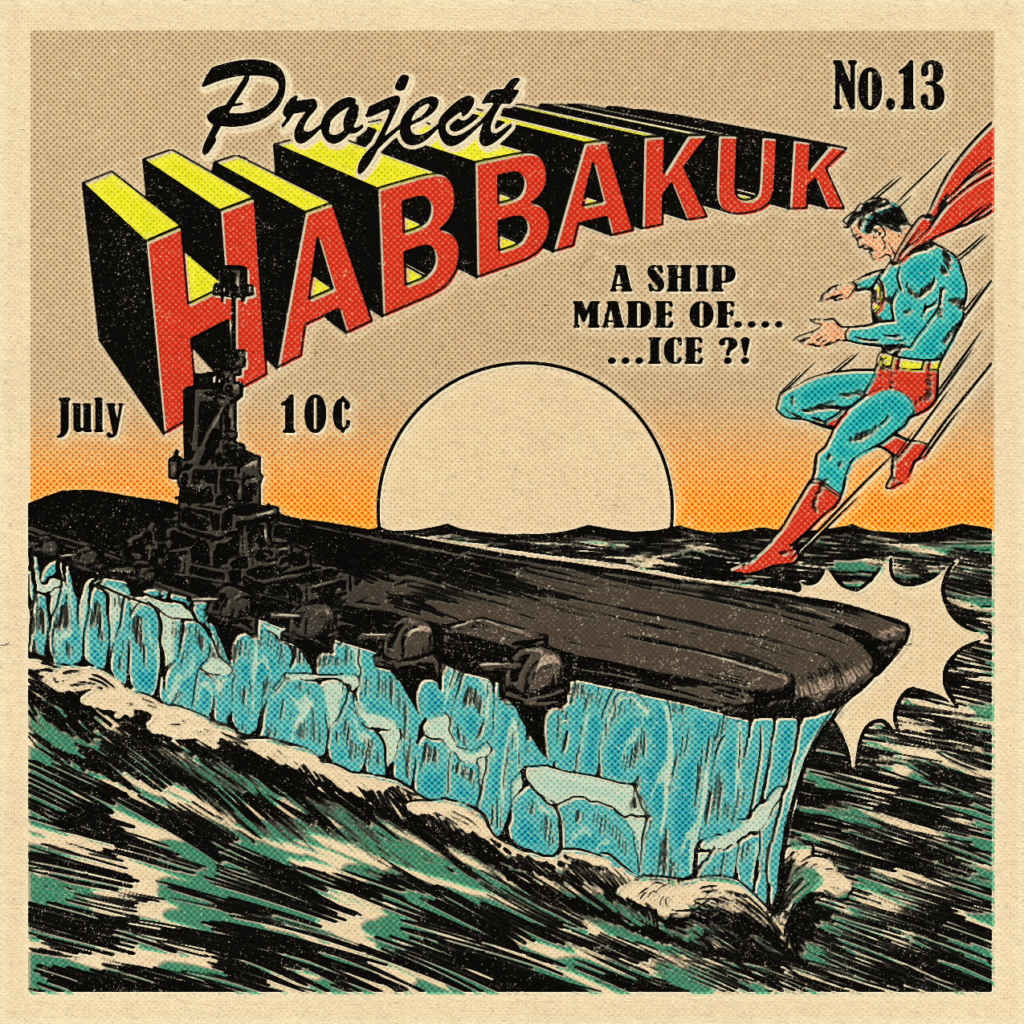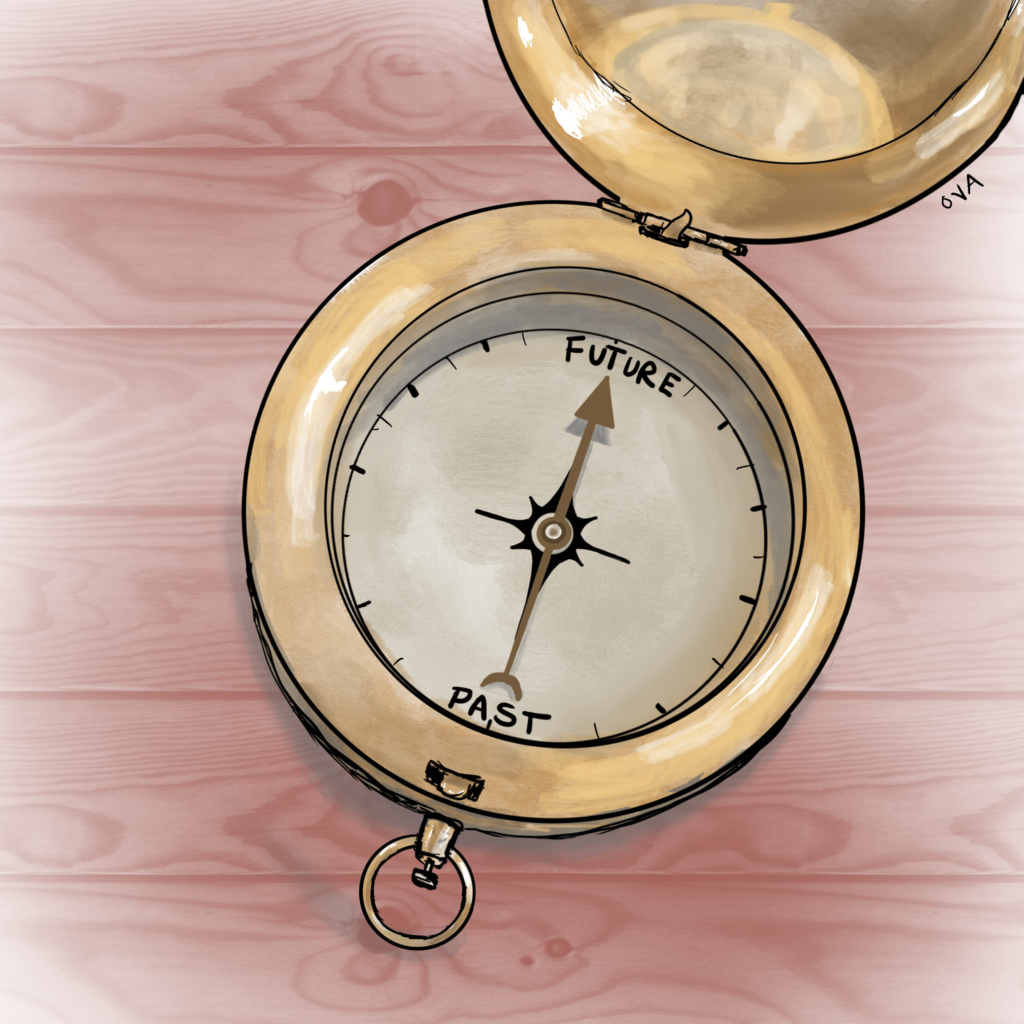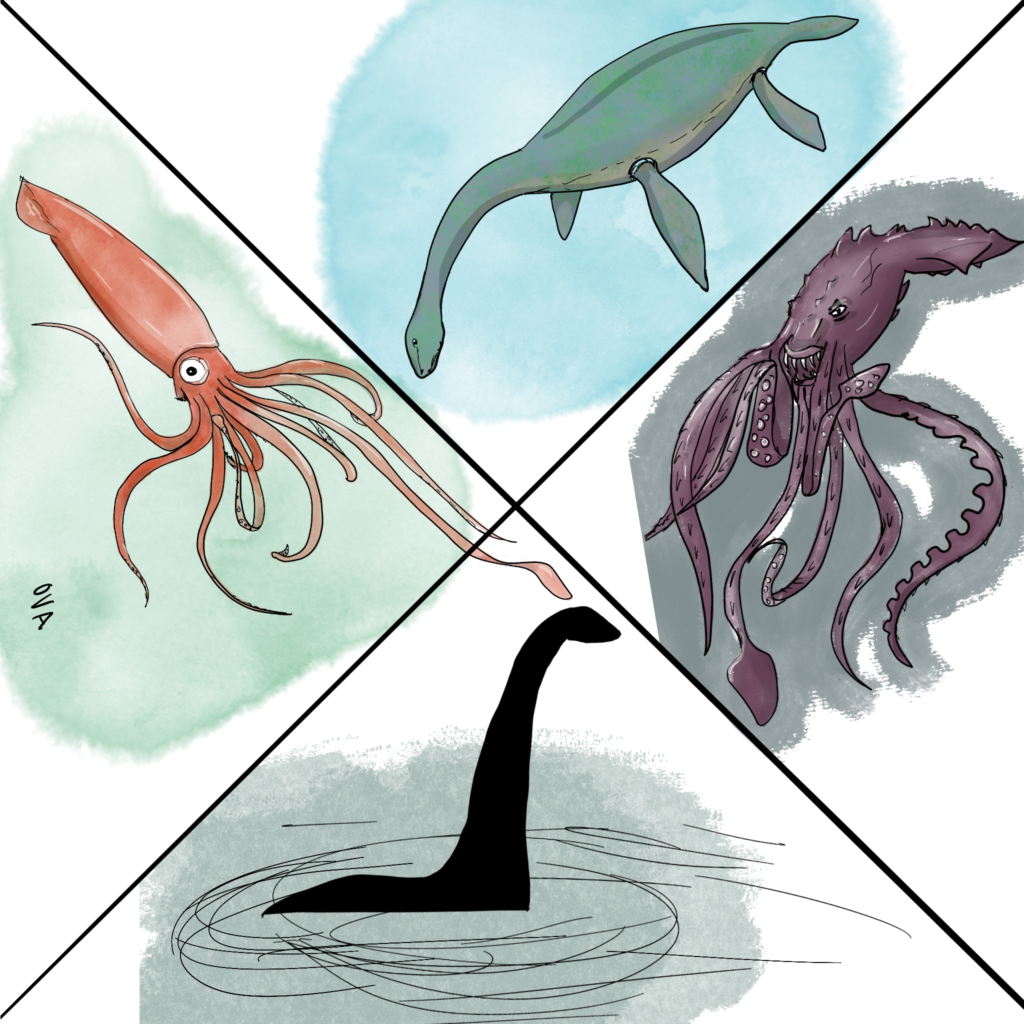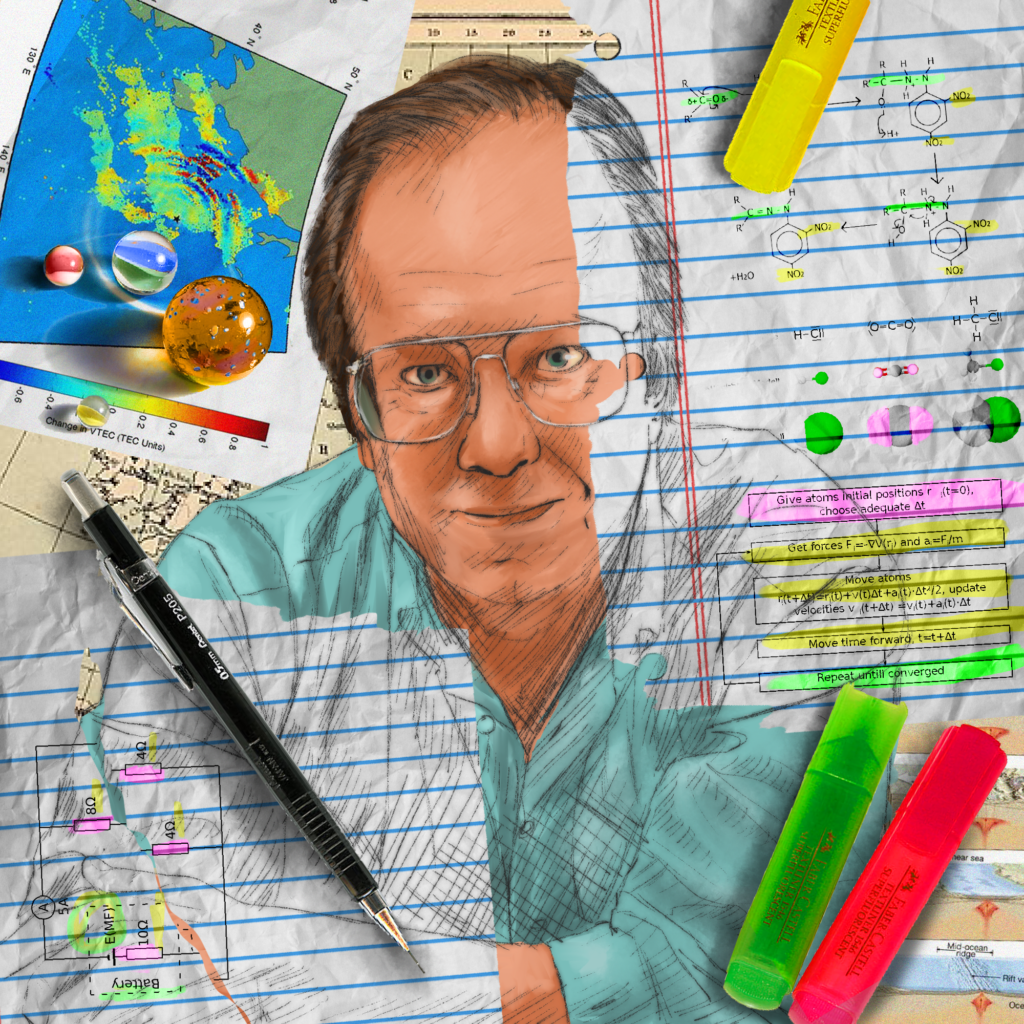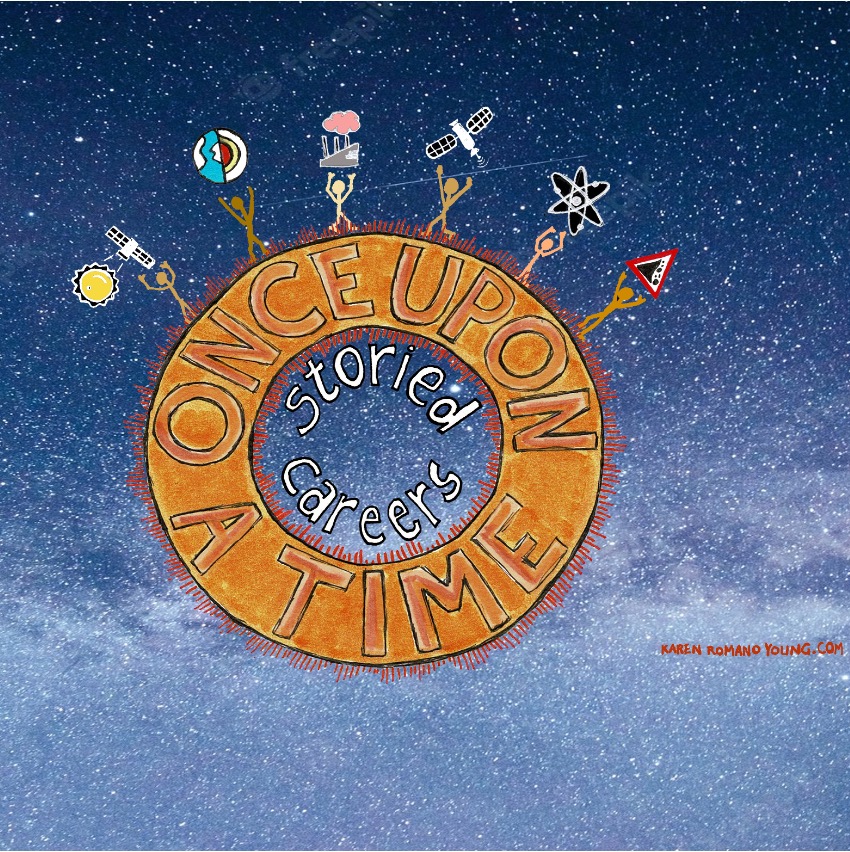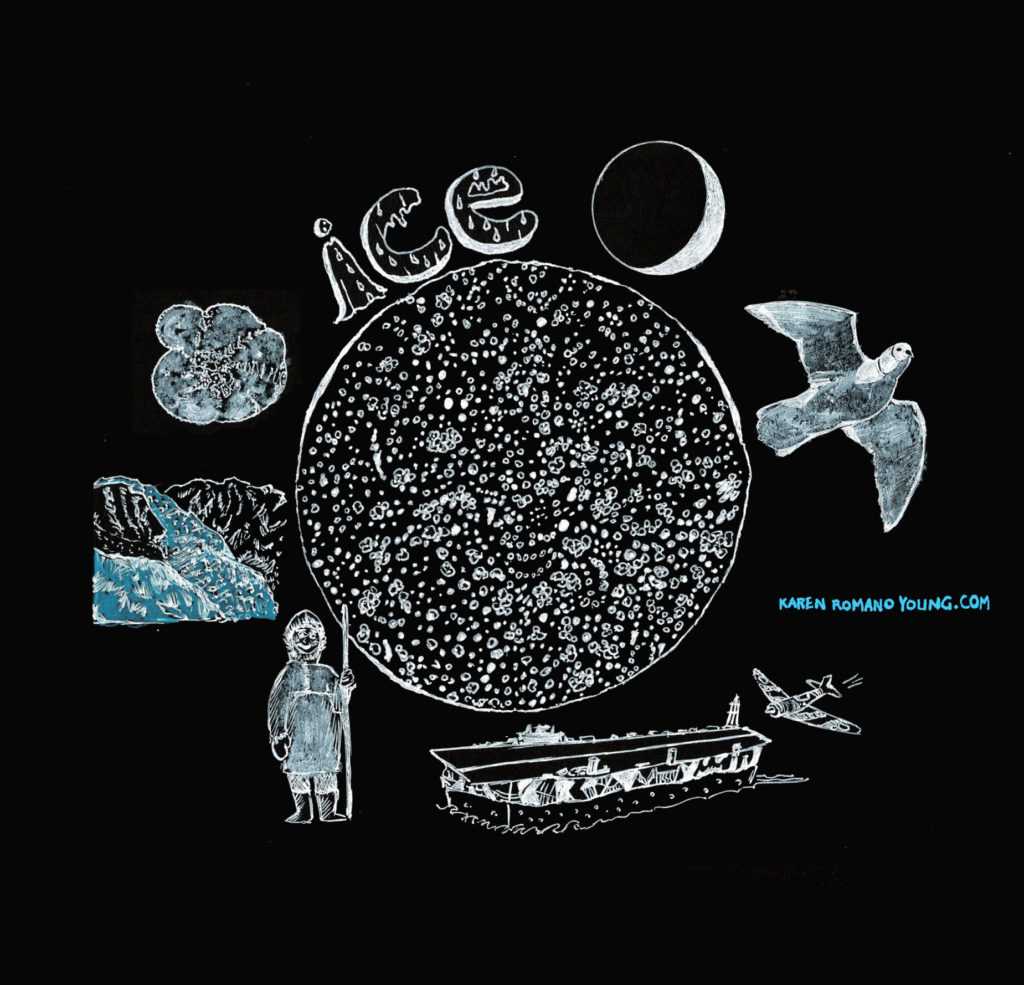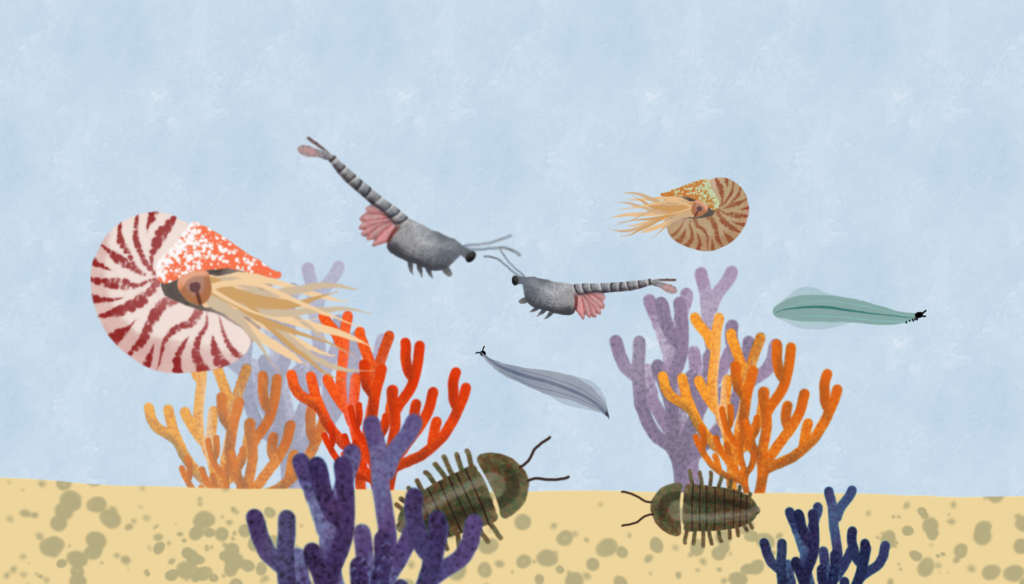History
Fieldwork rocks: Tree rings of the Civil War
In the mid 1800’s, right before the start of the U.S. Civil War, North America began to experience unusually low rainfall that lasted approximately 10 years. This drought, on par with the Dust Bowl of the 1930’s, may have played a role in the near extinction of the American Bison due to the migration of people to areas that were lusher and more conducive to farming.
Read MoreYour favorites: The ice ships of Project Habbakuk
Dive down into the freezing depths of Patricia Lake, in Alberta’s Jasper National Park, and you will find the wreck of the Habbakuk—a sixty-foot model battleship originally constructed of wood and ice.
Read MoreDistillations: Sharing science for the public good
It’s that time of year again. No, we’re not talking about the holiday season (though, happy holidays everyone!). We’re talking AGU’s annual meeting! To celebrate, we’re releasing an episode each day of the conference, corresponding with the theme of the day.
Read MoreHalloween special: Nessie & the kraken
We’ve all heard stories about fantastical creatures that people swear they’ve seen and have evidence of but can never be confirmed. Think Bigfoot or the Loch Ness monster. Mermaids or the Kraken. While there’s no evidence backing the existence of these creatures, either in present day or at any point in the past, there must…
Read More22-Storied careers: Ocean sensors and dog scenters
Tommy Dickey is an emeritus oceanographer from U.C. Santa Barbara and Naval Operations Chair in Ocean Sciences. His modeling and observational research yielded ocean monitoring technologies and tools. For retirement, Tommy trains and deploys Great Pyrenees as therapy dogs, while studying scent dogs’ capacity to detect COVID-19.
Read More19-Storied careers: What you didn’t learn in (geo)science class
In the past couple of decades, Earth and space science education for K-12 has evolved significantly, much due to the work of geologist, educator, and writer, Michael Wysession. This is a time where the science education we receive plays a big role in our response to climate change; an adaptive and engaging curriculum, beyond the usual textbook, is paramount – and way more fun!
Read More18.5-The (not so) secret histories of scientists
Science is all about experimentation, discover, and sharing those results. But what happens behind the scenes? What stories do scientists have to tell that don’t make it in the manuscript or the classroom lecture?
Read More13-Ice: The ice ships of Project Habbakuk
Dive down into the freezing depths of Patricia Lake, in Alberta’s Jasper National Park, and you will find the wreck of the Habbakuk—a sixty-foot model battleship originally constructed of wood and ice.
Read More12.5-A podcast of ice and fire
Cool off from the summer heat with our next six-part miniseries all about ice – from those who call it home to its use as a tool in science.
Read More8-Extinctions: The (Maybe) Cambrian (Not Really) Explosion
The Cambrian explosion is commonly labelled as the time in Earth’s history when animals suddenly appear. But research from geoscientist Rachel Wood and her team turns this explanation on its head.
Read More